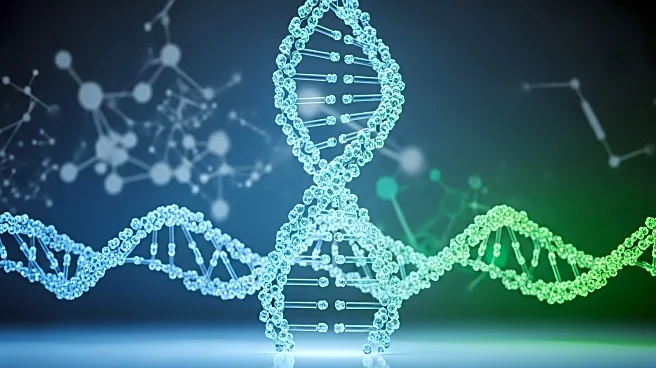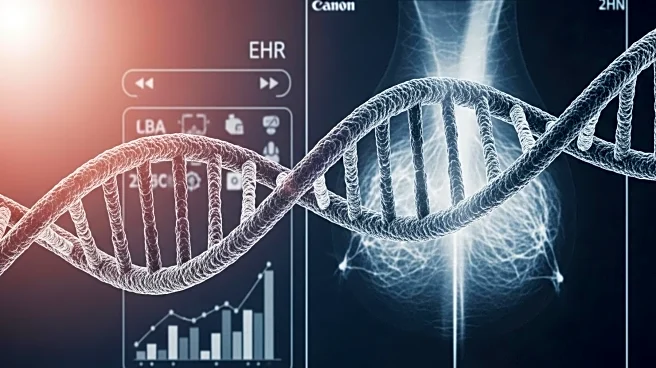What's Happening?
Researchers have created the largest genetic map of human metabolism, providing new insights into the role of metabolites in health and disease. The study, published in Nature Genetics, utilized data from approximately 450,000 individuals in the UK Biobank. The research focused on the genetic regulation of 250 small molecules, including lipids, using proton nuclear magnetic resonance spectroscopy. The study identified 29,824 locus-metabolite associations across 753 regions, revealing genetic control similarities across different ancestries and genders. This comprehensive map highlights genes with previously unknown roles in metabolism and offers insights into genetic predispositions to diseases.
Why It's Important?
The creation of this extensive genetic map marks a significant advancement in understanding human metabolism and its genetic underpinnings. By identifying genes that influence metabolic processes, the research provides a foundation for developing targeted therapies for metabolic disorders and related diseases. This could lead to more personalized medical treatments, improving patient outcomes and reducing healthcare costs. Additionally, the study's findings may inform the development of new medications, particularly for conditions like heart disease, where lipid metabolism plays a crucial role. The research underscores the importance of biobanks in facilitating large-scale genetic studies, which are essential for advancing precision medicine.










